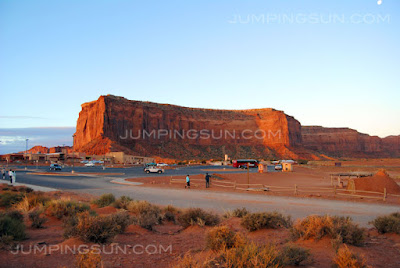
My ancestors escaped the U.S. military’s attempted genocide of the Diné culture in 1863, in the months leading up to what is called “The Long Walk” (1864). The Long Walk was the forced deportation of the Navajo People by the U.S. government in 1864 and is also referred to as "Hweelde". Navajos were forced to walk for 450 miles at gunpoint from their homes in what is now the Navajo Nation reservation to a place called Bosque Redondo, in eastern New Mexico. Many died along the way from cold, starvation and murder. Many more died in Bosque Redondo from starvation, lice, vermin and disease.
In the months before The Long Walk, the U.S. military began their sweep south, from the San Juan basin through what is called Dinetah, the land of The People (the Navajo). A small U.S. military cavalry arrived at a homestead located in the east plains at the base of the Chuska mountains. A tracker led the group to this location where a family of six lived. After attempts to seize the household and deport the occupants failed, the parents were murdered. Three children, with an infant, fled east by foot.
A few military individuals separated from this cavalry to capture the children. The pursuit turned to a 300-mile trek along the Colorado plateau where the children hid among vast crevices, boulders and gorges. During the pursuit, the siblings’ infant brother died of malnutrition and they were forced to bury him in a crevice in a sandstone wall-face in the plateau. A 17- and 15-year-old and their nine-year-old sister survived. They continued fleeing east and made their way into what is currently the Cibola National Forest, along the Mt. Taylor mountain range. There the 15-year-old was attacked by a bear and killed while gathering firewood. The remaining two girls decided to leave the safety of the forest not only because the killer bear was in the vicinity but it was taboo to be near such an episode of death.
The two girls fled northeast onto the farmland of the Pueblo of Zia. Here a Zia Pueblo farmer found the girls on his crop field, took them home and hid them. The pursuing military tracked the two girls into the Pueblo and searched the homes. The farmer and his family hid the two girls in a woodbox under beddings and blankets. The girls miraculously escaped detection and the military party continued on toward Bernalillo, New Mexico. The two girls, Glinibah and Pablita, were adopted by the pueblo and raised as its own, learning the language and customs. The youngest girl, Pablita, married a Pueblo man with the last name Medina and they had a daughter, Loli, together. Loli married a Pueblo man named Jesus Salaz and they had two sons. Loli and her sons were baptized in the Pueblo Catholic Church and were given names of Polito and Frank Montoya. Polito Montoya had 12 children, 48 grandchildren, and 94 great-great grandchildren. I am one of his grandchildren.






